In the modern era of design, where every square foot counts, custom closets have emerged as a solution to maximize space while blending seamlessly with home aesthetics. But beyond just providing additional storage, custom closet carpentry is an art form—a delicate blend of functionality and personalized style.
Pre-made, standard closets often don’t make full use of the available space. Custom carpentry ensures that every inch of the closet is utilized, even awkward corners and high ceilings.
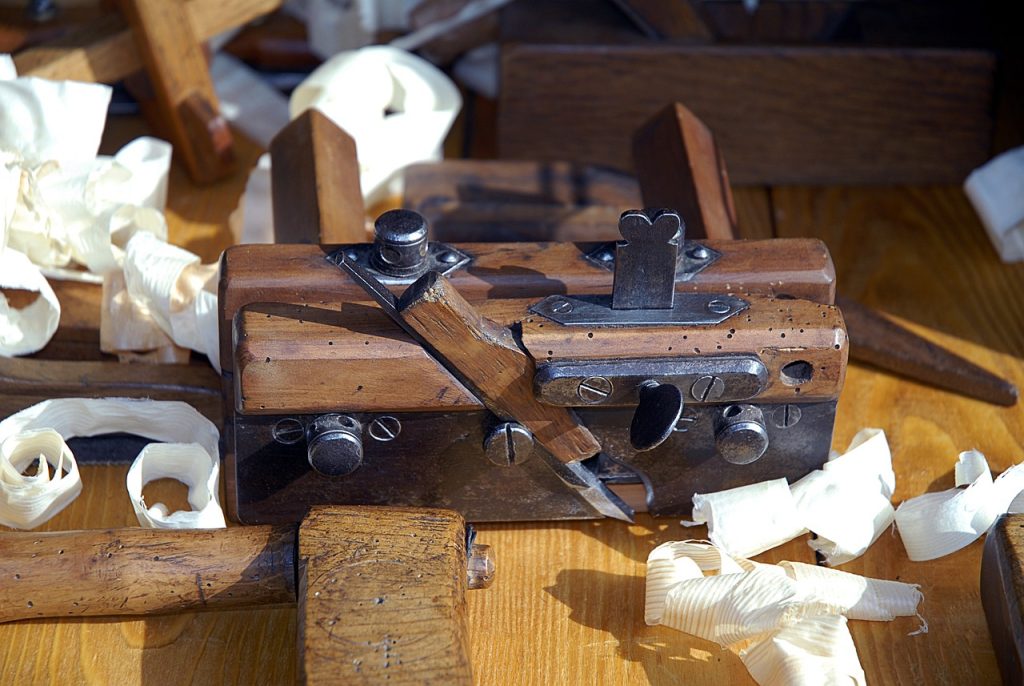
Each individual has unique storage needs. Some may require more space for shoes, others for hanging long dresses, while others need a mix of shelves and drawers. Custom closets are designed to meet these specific requirements.
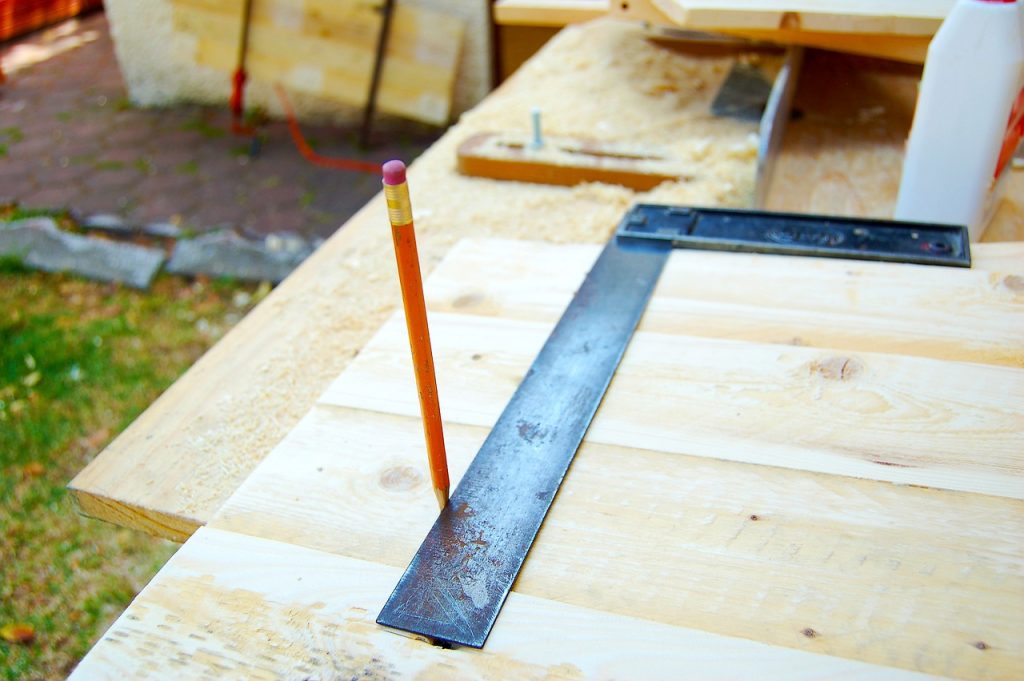
Custom closets blend into the overall design of the home. Whether the design is minimalist, modern, or vintage, custom carpentry allows for a closet that matches the homeowner’s style.
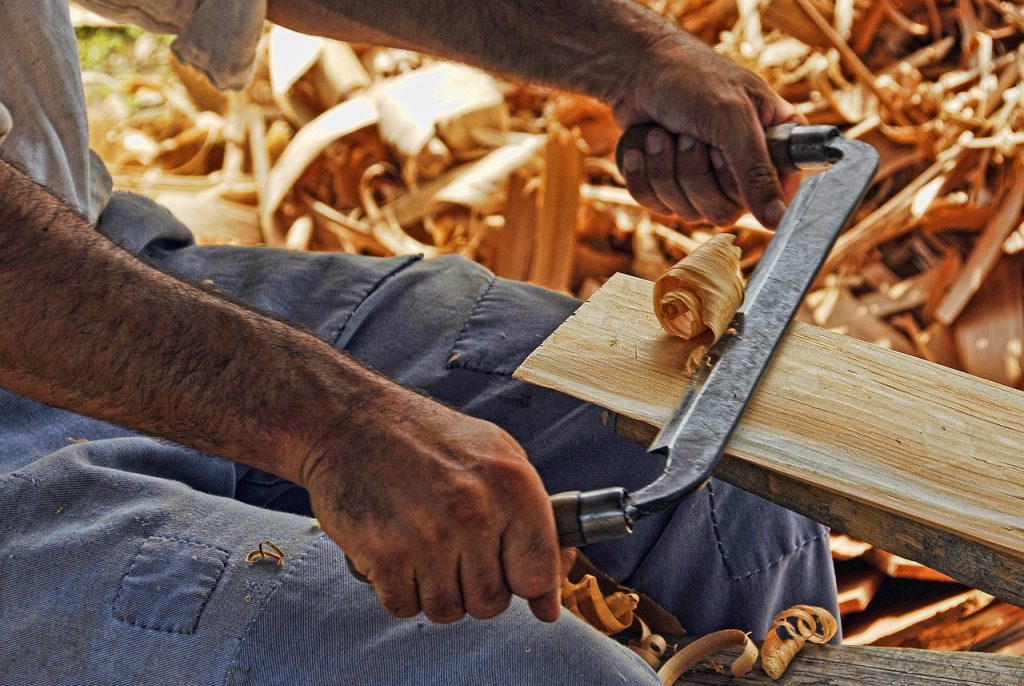
A custom closet can be a significant selling point for a home. Buyers appreciate well-organized, aesthetically pleasing spaces, making this investment beneficial in the long run.

The first step in creating a custom closet is determining the layout. This involves understanding the homeowner’s storage needs—whether it’s for clothing, shoes, accessories, or even valuables like jewelry. The layout should prioritize easy access and organization.
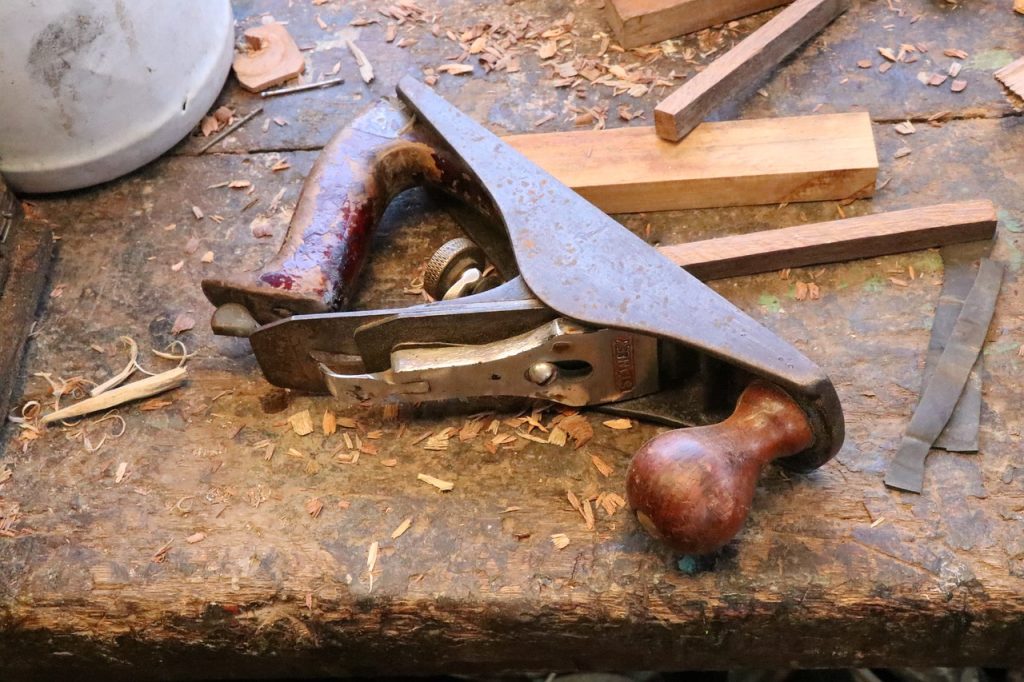
The choice of materials plays a crucial role in the aesthetics and durability of custom closets. Different materials offer varying looks, durability, and maintenance requirements.
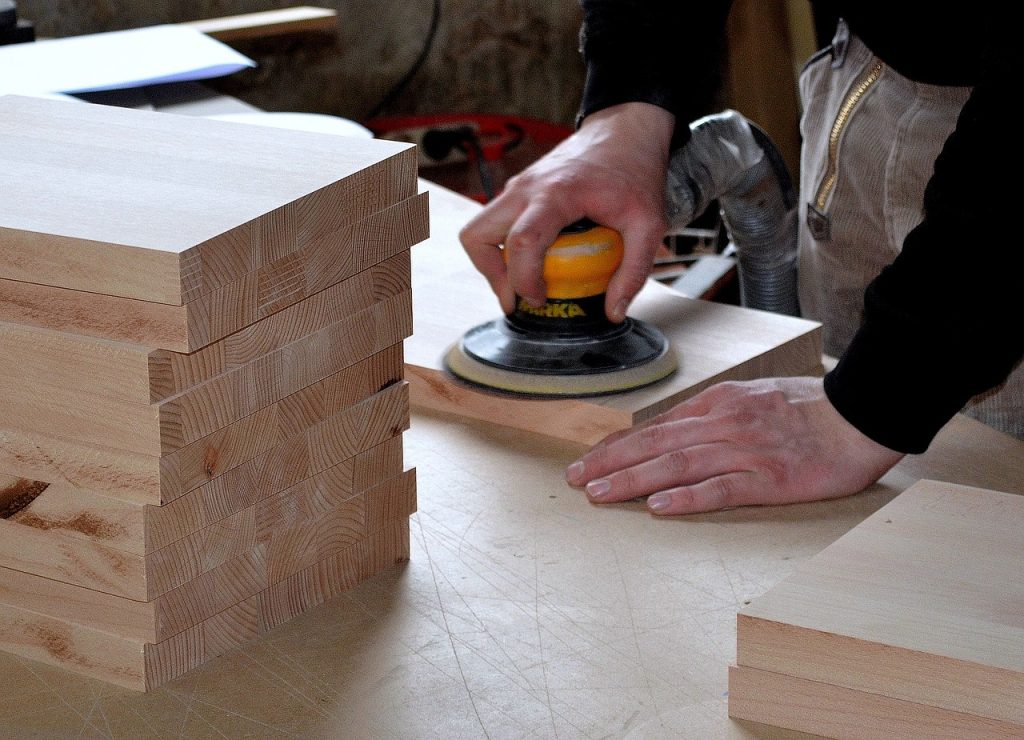
When designing a custom closet, several key elements come into play. These not only enhance functionality but also elevate the closet into a stylish part of the home.

Custom closet carpentry is not a simple task—it requires the skill and precision of an experienced carpenter. Designing and building a custom closet involves more than just cutting wood and installing shelves. It demands careful planning, attention to detail, and the ability to tailor the design to the specific needs of the homeowner.
Understanding the various kinds of wood and how they act is fundamental for a craftsman. From softwoods like pine to hardwoods like oak and pecan, each sort of wood has interesting properties that influence how it ought to be cut, joined, and wrapped up. Carpentry likewise includes working with different materials like MDF, compressed wood, and composite sheets, each requiring various methodologies.
In recent years, the demand for eco-friendly and sustainable materials in custom carpentry has grown. Homeowners are increasingly seeking options that not only look good but are also better for the environment.
More Than Just Storage
Custom closets are far more than just a place to store clothes—they are a statement of personal style and a reflection of one’s lifestyle. Through thoughtful design, quality materials, and skilled craftsmanship, custom closets can transform a mundane space into an organized, functional, and beautiful feature of any home. Whether for convenience, luxury, or added home value, the investment in a custom closet is one that pays dividends in both practical use and aesthetic pleasure.
In today’s homes, custom closets offer far more than just space to hang clothes. They are tailored to individual needs, reflecting the homeowner’s personality, preferences, and lifestyle. Whether it’s a walk-in closet in a master suite or a compact reach-in closet in a small bedroom, custom closets can dramatically improve the flow and organization of a home.
